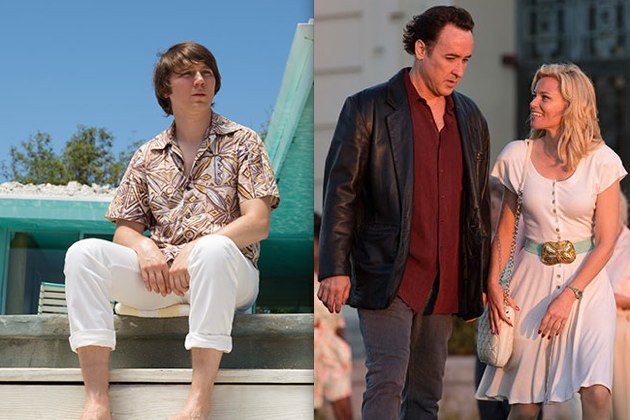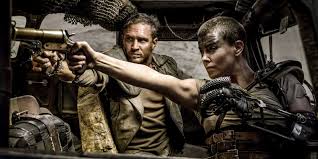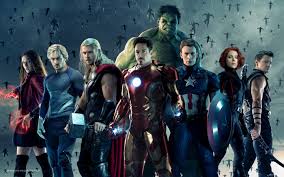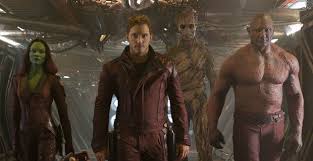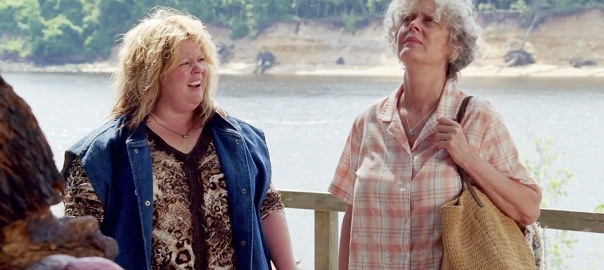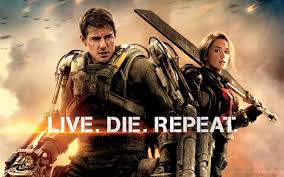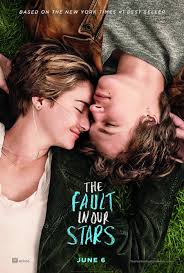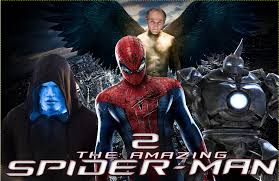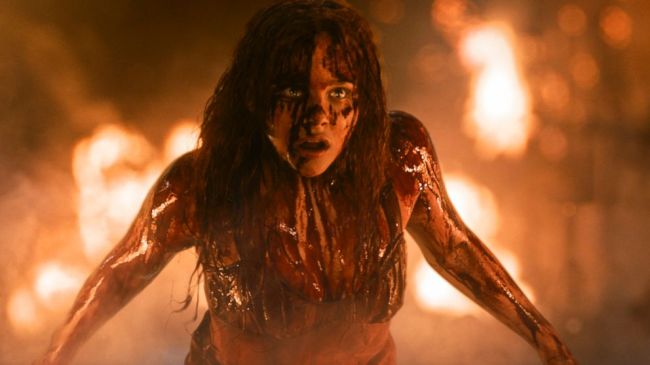Full disclosure. I have been a Beach Boys fan since I was a child. I blame my father as I was born in the early 80s and thus was not even alive yet during the height of their popularity. I found their music to be fun, upbeat and enormously catchy. As I got older, I came across the odd article or piece of information that talked about Brian Wilson’s battle with mental illness. (The Barenaked Ladies’ song “Brian Wilson” to name just one). I didn’t know much about it, but it didn’t surprise me that he had suffered. Many geniuses are known for the inner demons they fight.
I will admit that I do love biopics as well (despite the fact that they are usually ridiculously formulaic). I enjoy seeing a fictionalized tale about how that person “came up” and achieved fame. Usually the messier, the better. Most biopics tend to focus on the drugs, excesses and other extremes that challenged or destroyed the person’s career. If they died of an overdose, you can bet your ass the film will focus mainly on their struggles with drugs, or drinking and little else.
“Love and Mercy” could have gone that route – there is enough drug use and excess in Wilson’s past to warrant it surely. However, this film decided to take a different approach and I thought doing so made it quite brilliant. Instead of the familiar linear approach (we see their childhood, their break into fame, the trials, challenges, drugs, and finally their death), we got to see the struggles Wilson faced through two very pivotal points in his life. One of those points was in the 60s while he wrote the critically acclaimed album “Pet Sounds” and the other was in the late 80s as he was struggling to break free from his controlling psychiatrist Eugene Landy (Paul Giamatti) and mental demons. What makes it even more interesting is that during these two periods, Wilson is played by two separate actors – Paul Dano in the 60s and John Cusack in the 80s.
The film shifts between these two points. It shows us the beginnings of his troubled mind. The earlier part of his life, shows us the frantic need that Wilson seemed to have to “get his music out” and the unique way he approached song writing. It paints him as an artist first and foremost who cared about the music before the hit records (much to the chagrin of his own band). It showed us the beginnings of the voices he heard, the paranoia, the unravelling of his marriage, the difficulties with his abusive father and his introduction to psychotropic drugs.
The second point we see of Wilson is (as said before) in the late 80s. While Dano showed us a focused and very driven Wilson, Cusack’s older version of Wilson is subdued, unsure of himself and almost childlike. We first see him in a car dealership attempting to buy a Cadillac. He attracts the interest of the sales clerk Melinda (Elizabeth Banks), who is drawn to his non sequitors and his transparent need to talk to someone. They have a short and fairly sweet exchange until his psychiatrist Eugene Landy shows up and takes control of the situation. He orders the purchase of the car and whisks Brian away from her, but not before he leaves her a note on a piece of paper that reads “Lonely, scared, frightened”.
The more modern plot revolves around their budding romance and Melinda coming to terms not only with Brian’s mental illness, but also with the fact that Landy is using him and over medicating him. It culminates in her and his close friends launching a lawsuit against him to remove Landy from his life (as he was Wilson’s designated legal guardian at that point).
It’s a beautiful and moving story about two people who fall in love despite crazy obstacles. It doesn’t shy away from Wilson’s battle with mental health problems, and although it largely omits the period in his life where his drug use and issues destroyed his marriage and almost ruined his life, it doesn’t shy away from the fact that there is a darker side to Wilson. He takes responsibility for his earlier mistakes. In a way it seems that his allowance of Landy to thoroughly run his life was a direct response to all the things he had done in his past. As if allowing someone else full control could erase it all.
The Good:
- The music. There isn’t a ton of it in the film. Most biopics focus heavily on the music of the artist to the point where you might as well have just downloaded their greatest hits rather than watch the movie. That doesn’t happen here. We don’t get full songs, we get clips. Odd bits and pieces of the music that are used very specifically to give us insight into where Wilson was at this point in his head. Most of the clips played come from the “Pet Sounds” album and Wilson’s creation of it. It’s frustrating at times to head only the backing track or a small sample of Wilson singing the song at his piano, but it is also refreshing not to be subjected to a 2 hour long music video. The music chosen is beautiful, powerful or simply happy to listen to. You cannot listen to “Good Vibrations” without smiling (seriously, try it. It’s NOT possible.) Director Bill Pohlad was very particular in what music he chose for the film, and it’s very effective.
- Two Brians. It’s an odd choice for a biopic. Generally film makers rely on age make up, hair style and clothing changes to show the passage of time. Occasionally they get a different child actor if they are going that far back, but usually they stick with one actor to portray the character. There’s only 20 years between the two “Brians” but VERY different experiences have made them almost completely different men. I was skeptical about the decision, fearing it would take you out of the movie to see two different actors as the same character, but instead it does the opposite. Seeing Paul Dano’s portrayal gives a very interesting nuance to John Cusack’s interpretation. They seem to walk the same way and have the same physical characteristics which helps make both their performances more believable. Each of the actors brings out a different side to Wilson in his portrayal and adds to the beauty and tone of the story.
- Elizabeth Banks and Paul Giamatti. Both give brilliant performances here. Banks as love interest Melinda comes across as wary, but intrigued, empathetic and compassionate and horrified at the life that Wilson is living. She comes across as someone who doesn’t care about his past fame or wealth. Material possessions are not important in fact, they seem to make her slightly uncomfortable. She cares for Wilson, but doesn’t want to be another person in his life sucking him dry. Their scenes together are sweet and awkward in equal measure. Both are damaged individuals just trying to find something in the other person worth holding onto. Paul Giamatti is also an inspired choice. From the second he appears on the screen we can sense something is deeply off. His outbursts and controlling behavior come across as beyond creepy. He is intense, magnetic and chilling in this role.
- The Structure. It’s a unique way to tell a story. Two fixed points in time, rather than a beginning, middle and end. It’s simple and uncluttered but tells us more about Brian Wilson than we might have otherwise gotten in a film bogged down by changes in decades, excessive drug montages and other trappings of a biopic. At the heart of the film is its emotional core and structuring it this way allows the director to strip it down to its bare bones.
The Bad:
- I honestly can’t think of anything. I really loved this movie.
This is one of those few movies that will stay with you long after you come out of the theatre. It will make you said, and happy at the same time. It will make you want to go home and download all of the Beach Boy’s music and listen to it all at once.
